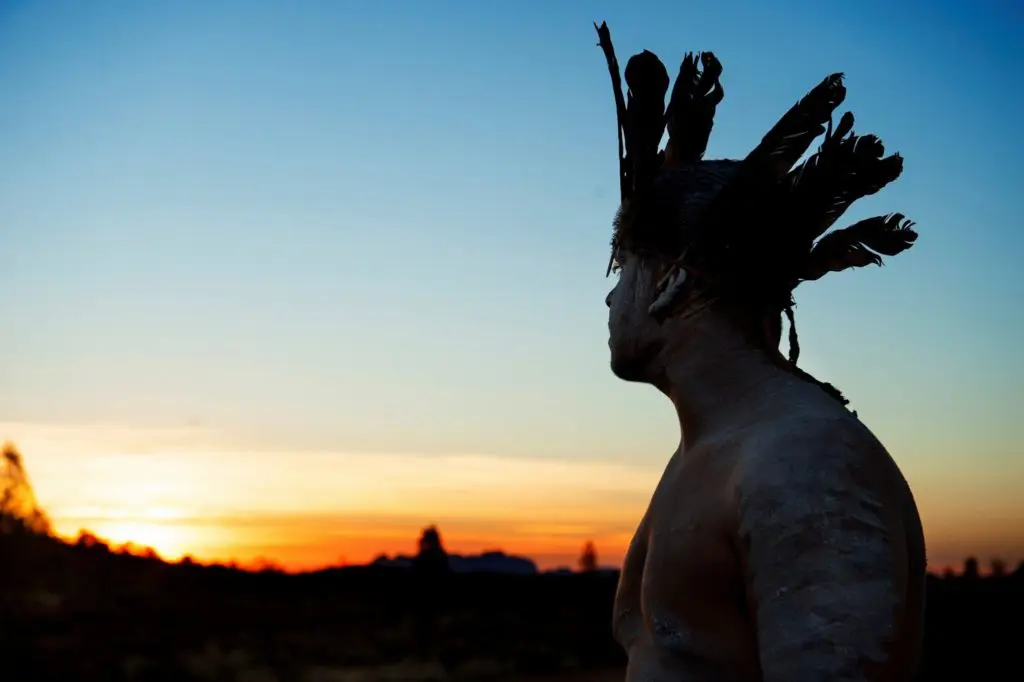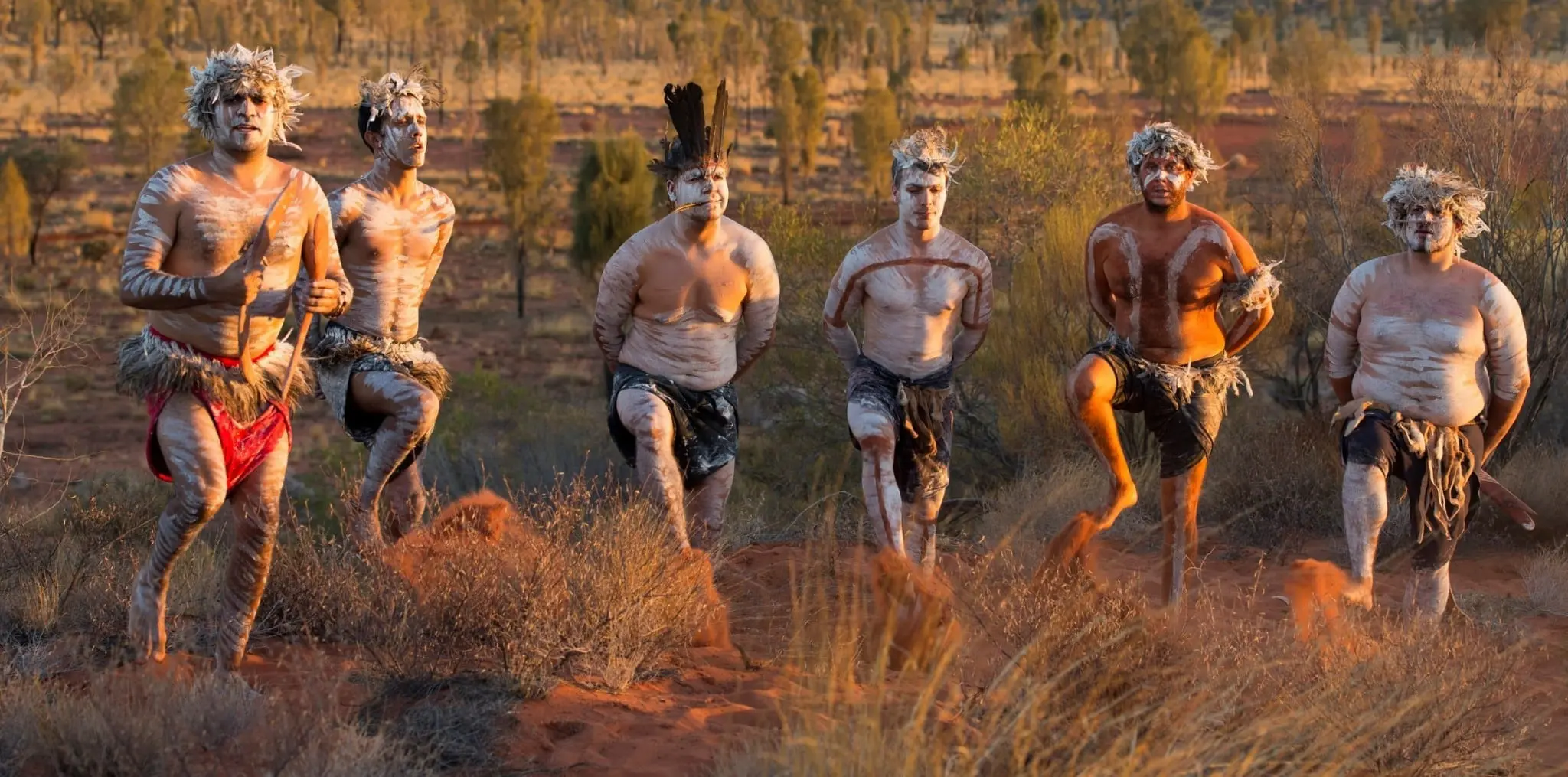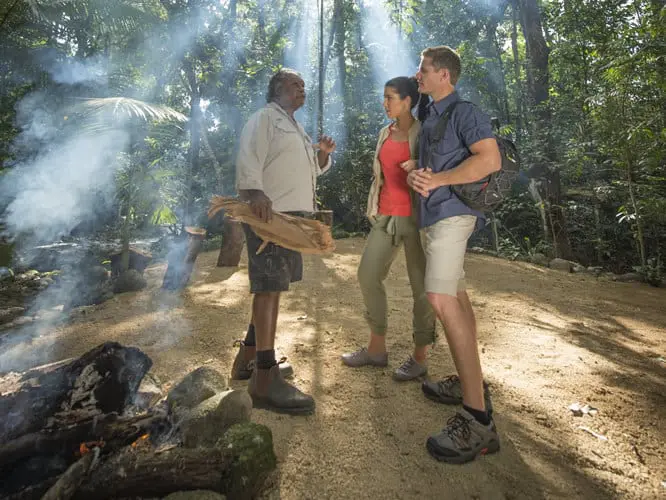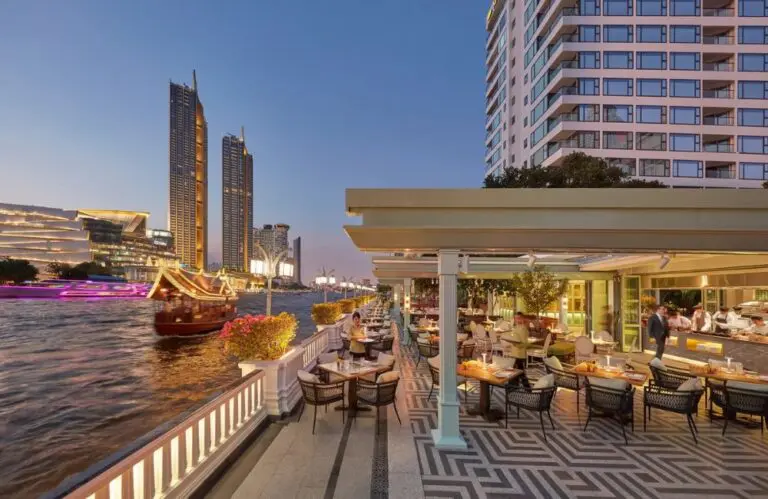Australia’s Indigenous culture is being showcased to our international visitors more than ever before, but despite significant inroads, there is still much work to do.
To coincide with National Reconciliation Week, AccorHotels on Tuesday unveiled its first Indigenous-inspired ibis hotel at Sydney Olympic Park featuring bespoke artwork by D’harawal Saltwater Knowledge Keeper Shannon Foster. The project was coordinated in partnership with Balarinji, the Indigenous-owned creative agency best known for conceptualising Indigenous art on Qantas aircrafts and most recently the textile design for the Rio 2016 Australian Paralympic Team uniform.
The week also saw Accor launch a new Aboriginal art gallery at Sofitel Gold Coast.
AccorHotels Pacific Chief Operating Officer, Simon McGrath said the new developments are in line with Accor Australia’s commitment to Indigenous Australia.
“Reconciliation and supporting Indigenous Australia is part of the way we do business,” he said.
“Our goal is to create a more culturally connected organisation to enable authentic storytelling throughout our hotels leading to more engaging experiences for our guests.”
Simon McGrath, AccorHotels Pacific Chief Operating Officer
The company launched its Indigenous employment program in 2001 and in 2015 recorded 400 Indigenous employees across its network constituting 4 percent of its workforce. It plans to increase that to 660 new positions, 100 leaders and 7 percent of its workforce by 2018.
As management of Ayers Rock Resort in the spiritual hub of Uluru, Voyages Indigenous Tourism Australia is also very active. When it took over at the famous resort in 2011, there were only two local Anangu people employed at the resort – something which Voyages and the property’s owners the Indigenous Land Corporation (ILC) immediately sought to remedy.
The aim is to employ 100 Indigenous trainees at the Resort each year and to work towards 50 percent Indigenous employment by 2018.
Voyages has also introduced a range of free cultural activities that allows guests to explore the local Anangu way of life. The company also manages Mossman Gorge in Queensland where tourists can take a Ngadiku Dreamtime Walk conducted by the local Kuku Yalanji people.
Meanwhile, over on the adventure travel front, G Adventures has repurposed a railway station in Tully, North-eastern Queensland as a vocational training café for the Jirrbal people that inhabit the rainforest area. Travellers on G’s Australian itineraries will visit the Café Chloe for lunches and training workshops in weaving and Aboriginal arts.
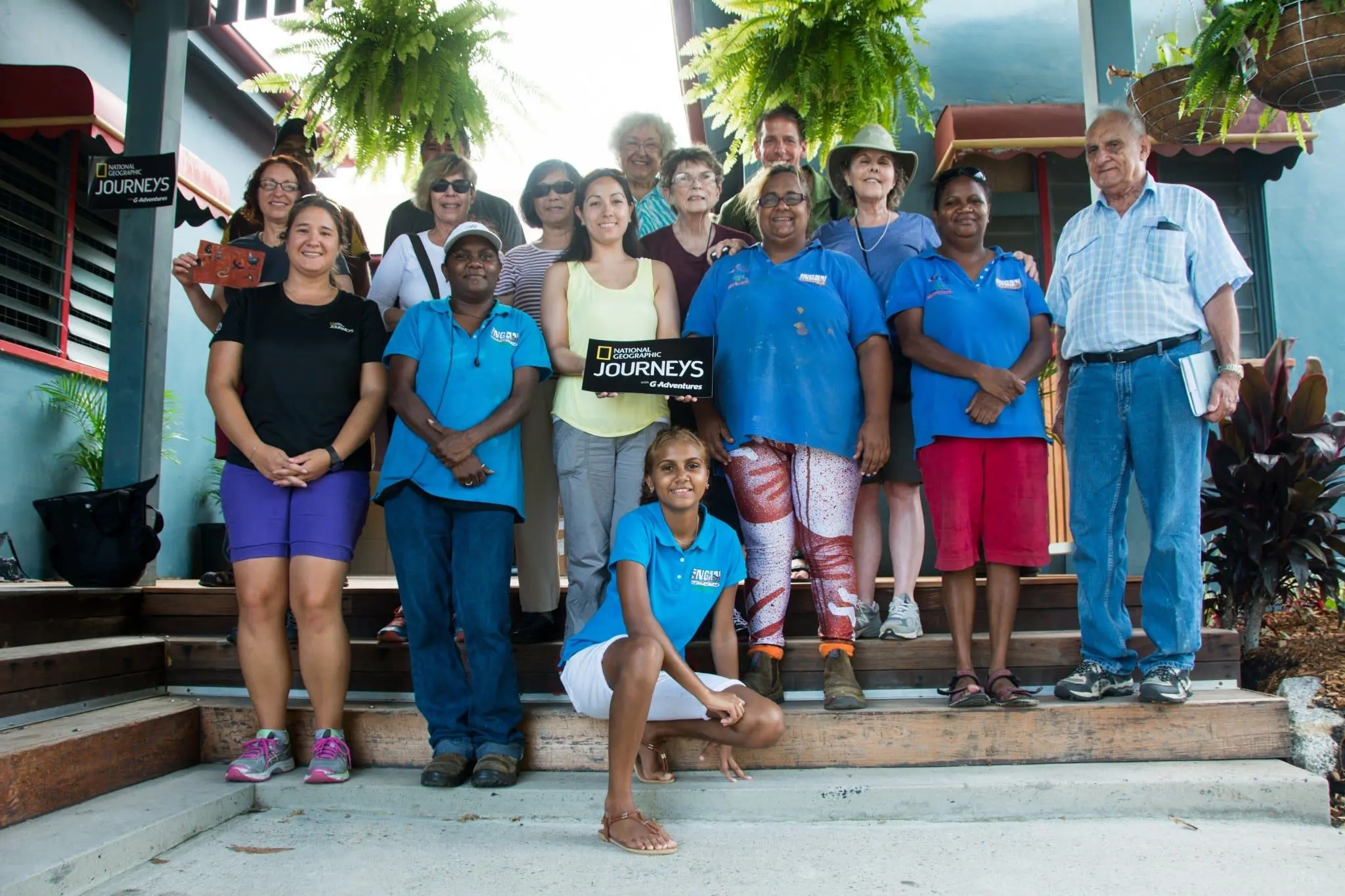
Pictured at the launch of Cafe Chloe in February: Rachelle Uhlmann, G Adventure’s CEO; Donna Henry, Café Chloe staff; Elita Henry, Café Chloe staff; Sonya Jeffrey, Café Chloe Manager; Caroline Grant, Ingan Tours; Dr Ernie Grant, Ingan Tours.
“Without jobs like the ones being offered by tourism, many youth leave the region in search of job opportunities, and the traditions and stories are lost,” G’s Planeterra Foundation said.
And those are just the larger organisations. There are also hundreds of smaller Aboriginal tourism enterprises across the country working hard to tap into Australia’s tourism growth.
But there’s still a long way to go. Tourists still have to seek out Indigenous experiences rather than find them readily available.
It’s an area that Tourism Australia is tackling with its partners. The tourism body recognises that much of the world sees Indigenous tourism experiences as “hot, dry, dusty and hard to do”. At the moment, only 14% of international visitors to Australia add an Aboriginal cultural experience to their itinerary.
“Australia’s Aboriginal culture represents the oldest continuous living culture in the world, and showcasing those tourism experiences which help tell the story is an important part of marketing activity,” Tourism Australia Managing Director John O’Sullivan told KarryOn.
“With many of our best Indigenous experiences located in regional Australia, this is something that really helps promote dispersal beyond our major city gateways.”
John O’Sullivan, Tourism Australia Managing Director
As a result, Tourism Australia has collaborated with Indigenous Business Australia on the Indigenous Tourism Champion Program (ITCP)which provides support to Indigenous tourism operators across Australia, helping to improve quality, professionalism and the overall visitor experience, helping increase their exposure to tourists.
Furthermore, last year Tourism Australia partnered with Austrade on a three-minute film designed to “show a contemporary, welcoming and inclusive view of Indigenous touring and the stories that lie within”.
With many tourism and hospitality jobs to be created and filled in order for Australia to meet its ambitious 2020 targets, the opportunities are immense.
This is, after all, Australia’s truly unique selling point.
The challenge is to ensure developments are made in a respectful, sustainable manner but also to step up our national thinking about Indigenous Australia. After all, Australia must embrace and respect its Indigenous culture before it can expect the rest of the world to get on board.


